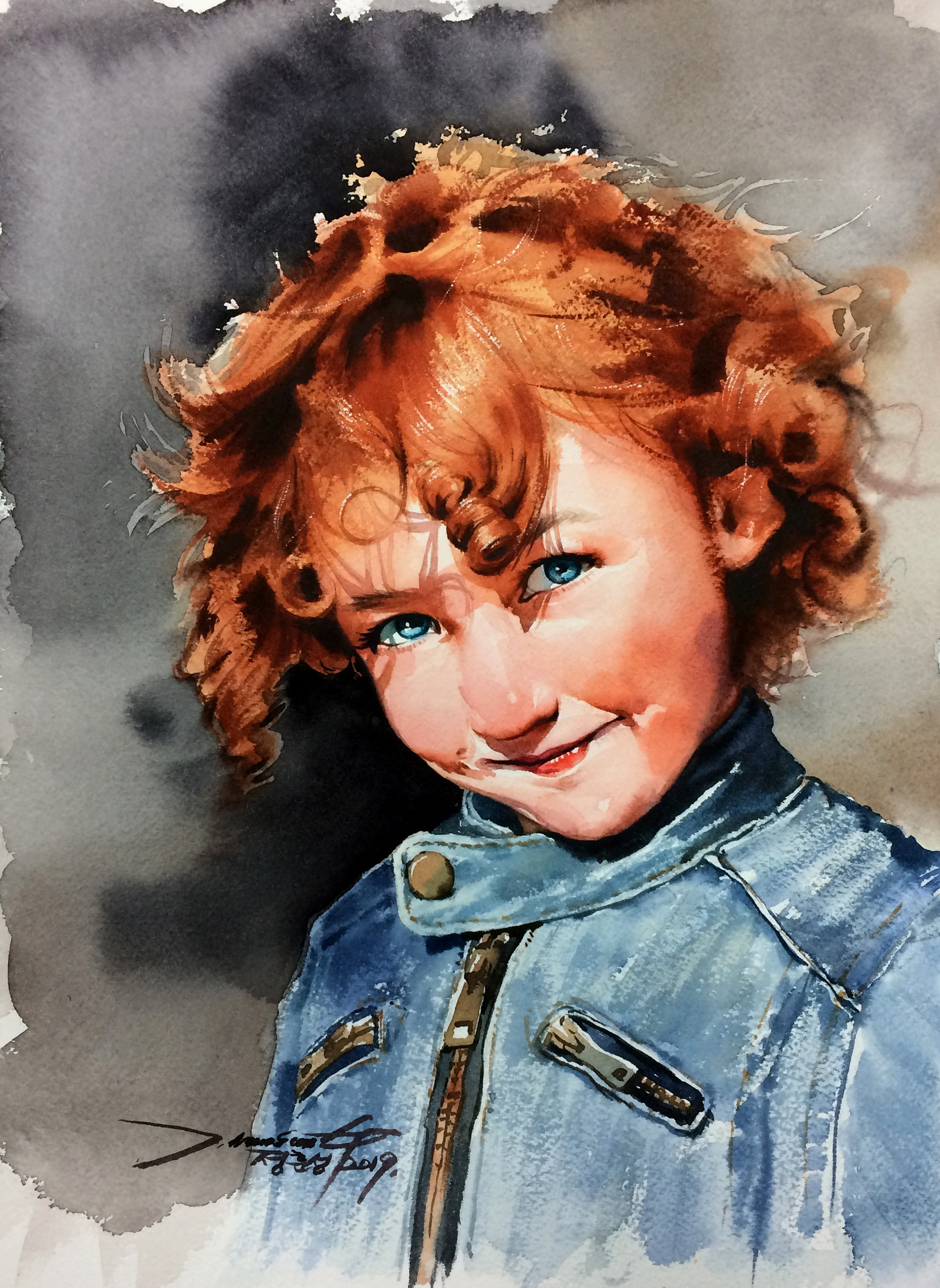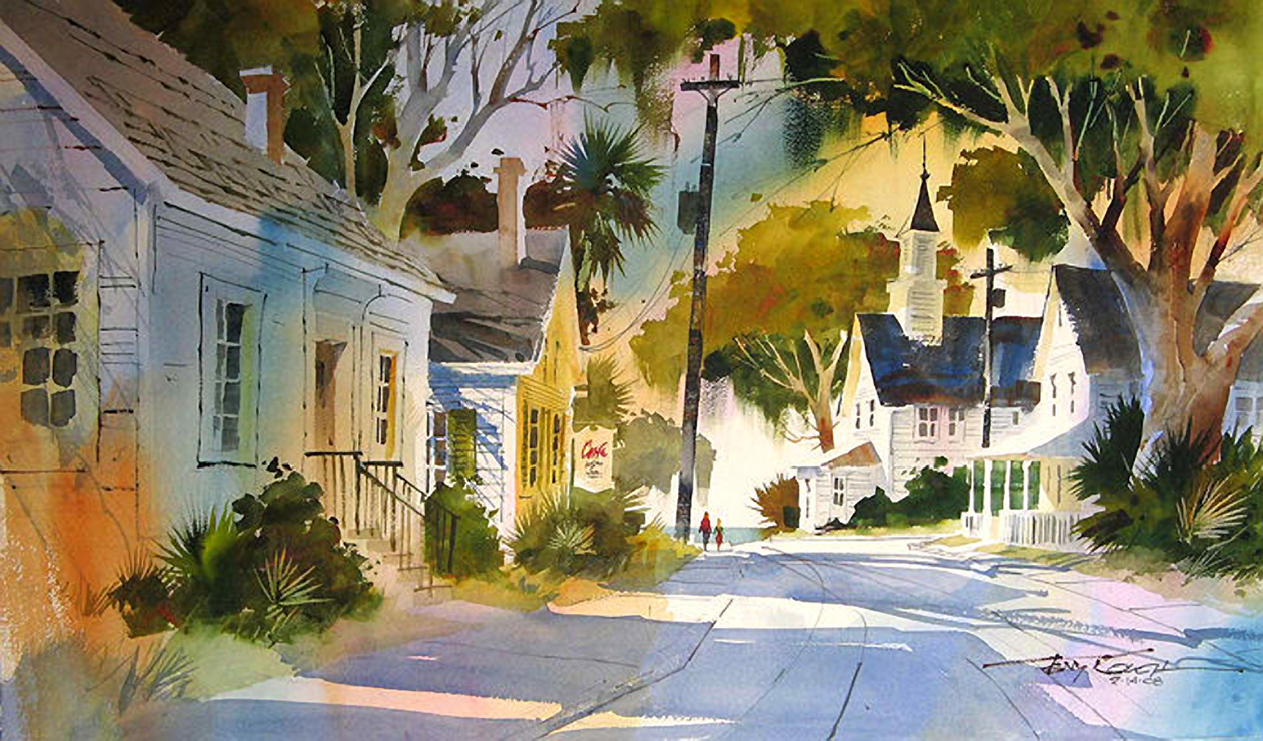OIL COLOUR, ACRYLIC COLOR AND WATERCOLOR WITH THEIR DIFFERENCES
Oil colors
Oil paint is a type of slow-drying paint that consists of particles of pigment suspended commonly in linseed oil. The pigments used here can be both natural and artificial. However, due to the minerals used for preparing it such as Paris green (copper (II) acetoarsenite) and orpiment (arsenic sulfide) they also contain a certain level of toxicity and thus, must be handled with caution. The consistency of the paint may be altered by the addition of a solvent such as turpentine or white spirit, and varnish may be added to increase the glossiness of the dried oil paint film. Oil paints take a long duration for drying which provides the artists with greater advantage of working over their paintings further their excellent blending quality provide an extra edge to the artists.
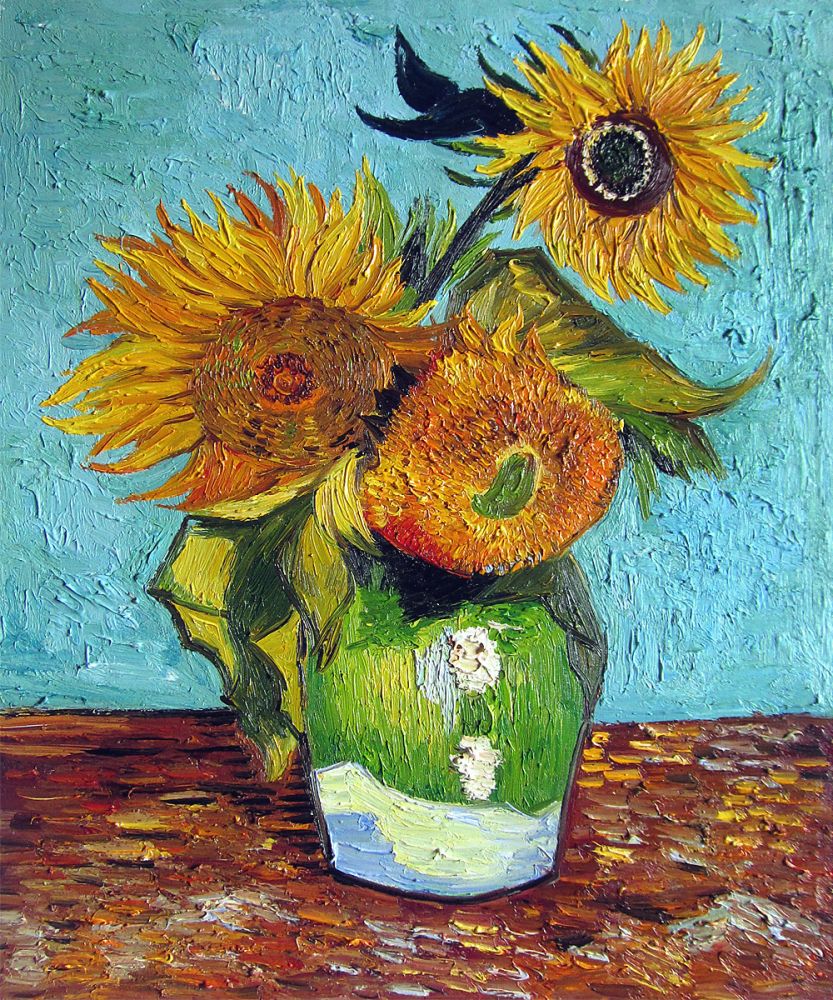
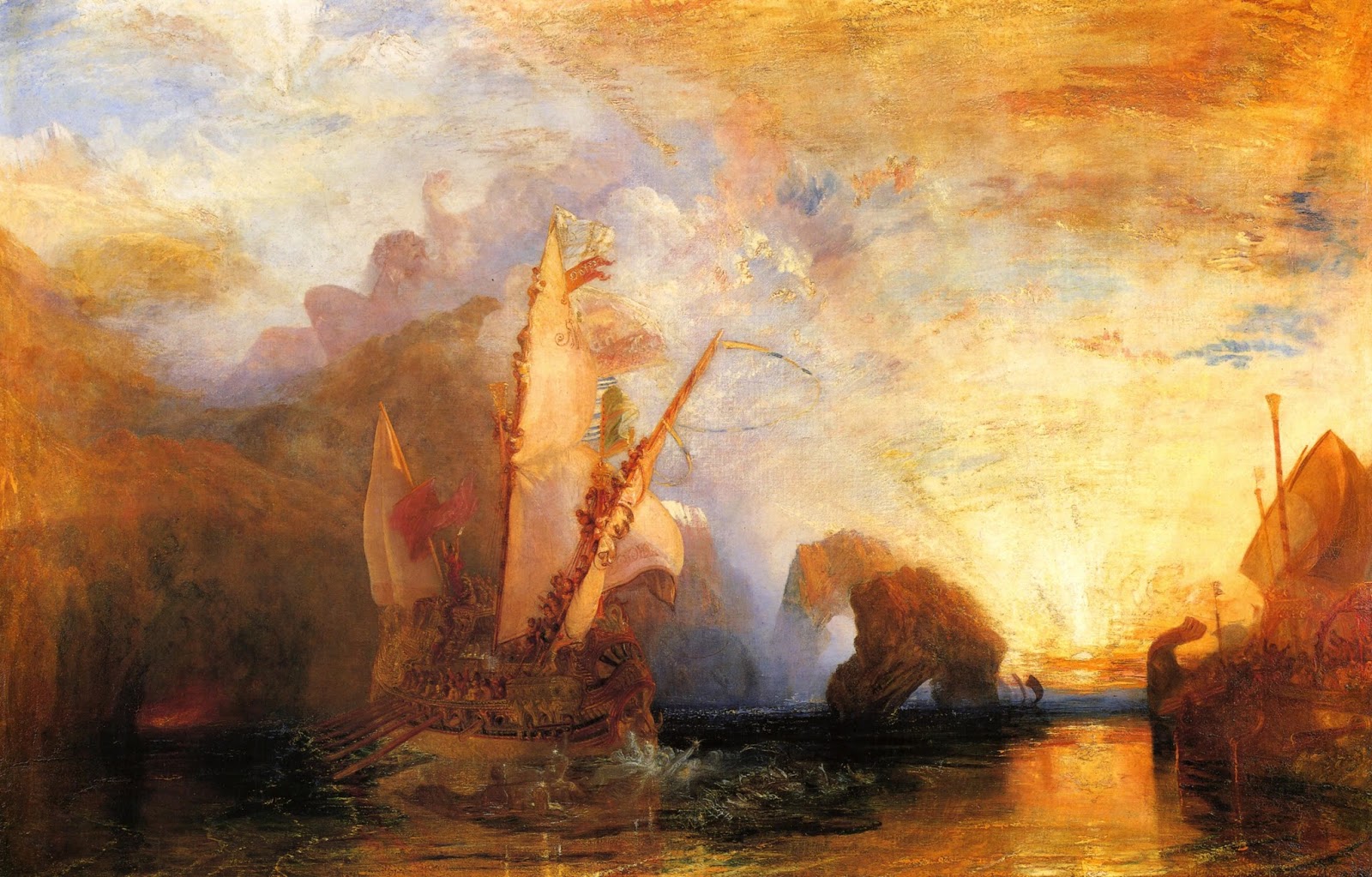
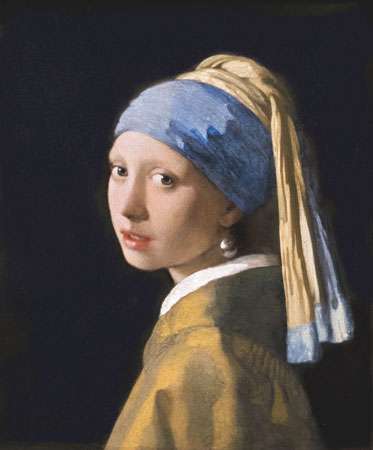


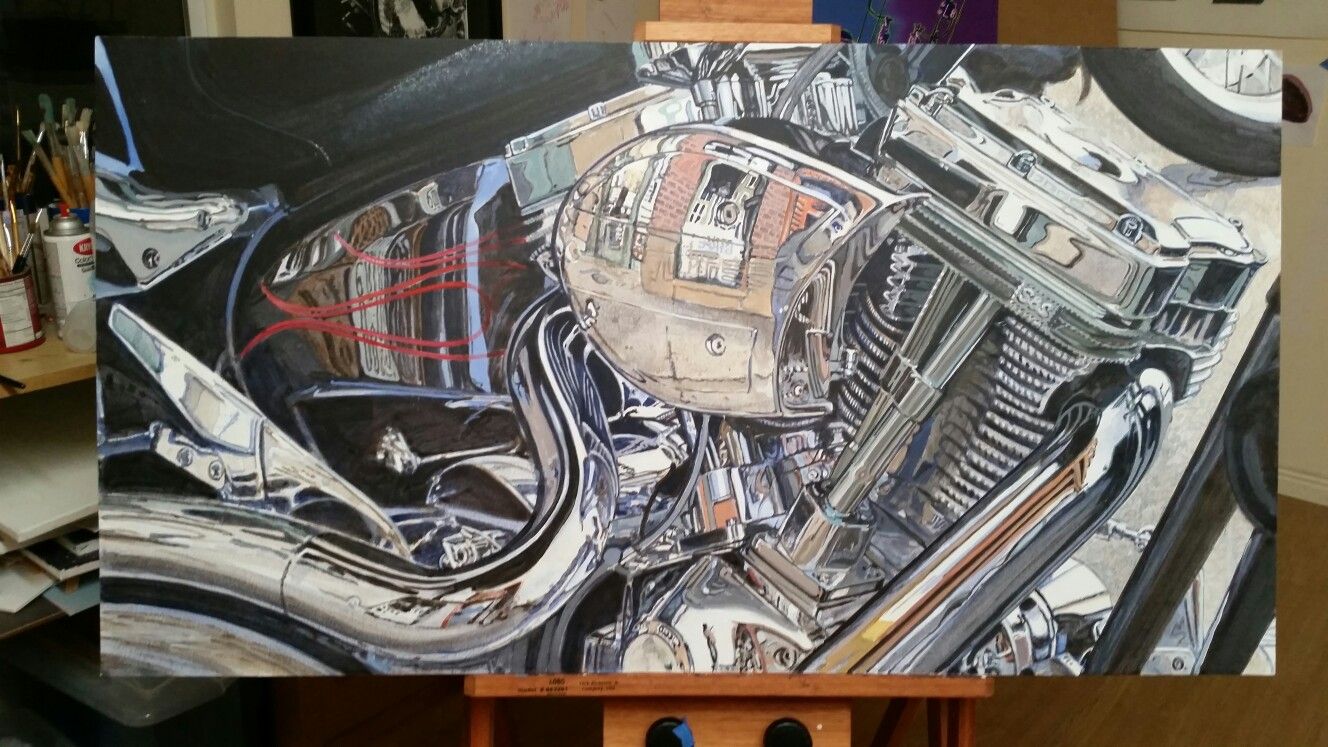
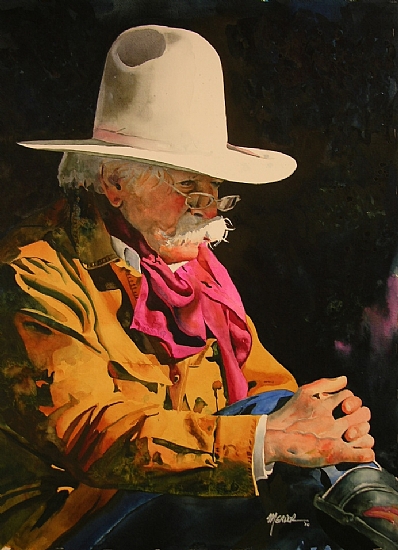
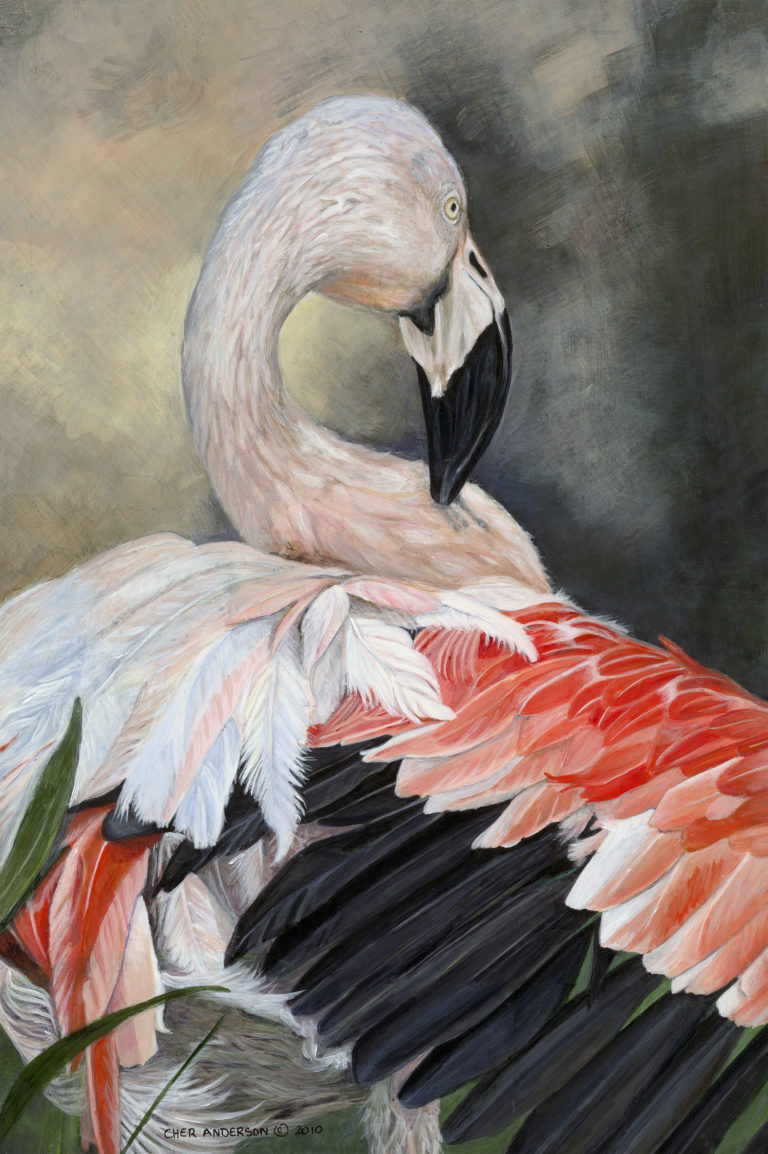
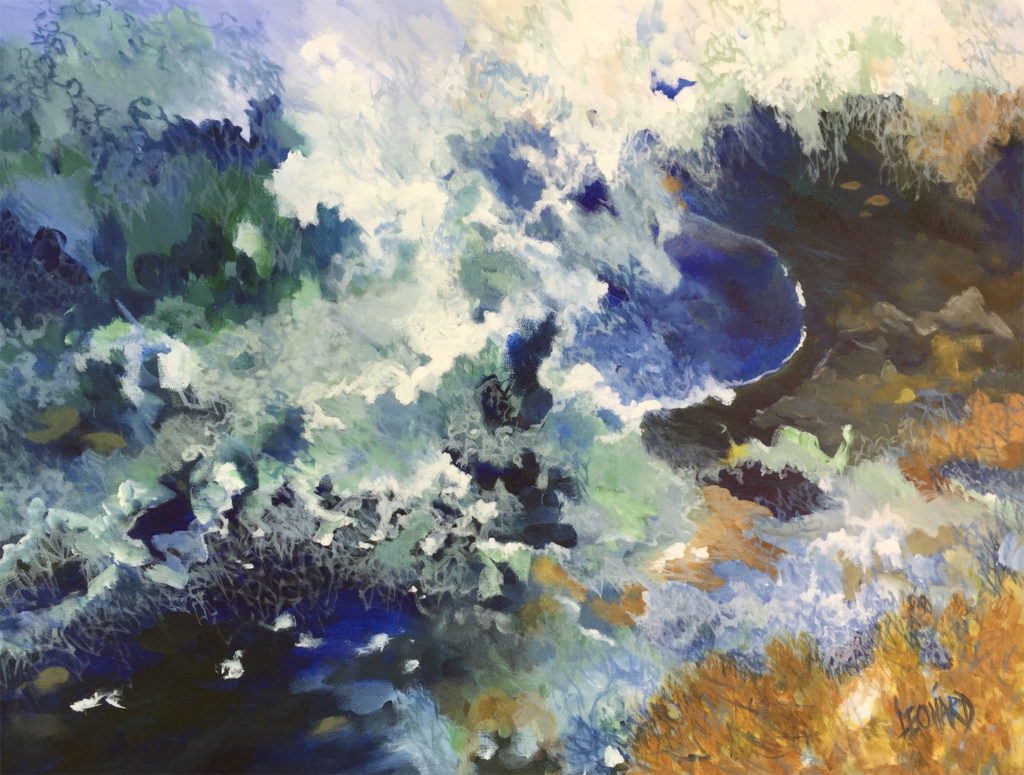
Acrylic colors
Acrylic paint is a fast-drying paint made of pigment suspended in acrylic polymer emulsion. Acrylic paints are water-soluble but become water-resistant when dry. Depending on how much the paint is diluted with water, the finished acrylic painting can resemble a watercolor, a gouache or an oil painting, or have its own unique characteristics. Acrylic colors are basically known for their flexibility because they can be used on variety of mediums such paper canvas, cloth and so on. These are cost effective too. Because of its opacity they provide good handling for beginners with an additional scope of great textures



Watercolor
Watercolor refers to paint made out of pigments suspended in a water-based solution. Watercolor paint consists of four principal ingredients: a pigment; gum Arabic as a binder to hold the pigment in suspension; additives like glycerin and preservatives to alter the viscosity, hiding, durability or color of the pigment and vehicle mixture; and evaporating water, as a solvent used to thin or dilute the paint for application. Watercolor are best known for their effects because water is an universal solvent it behaves differently with various other solutions such as salt, alcohol and so on thus providing the user with vibrant textures and effects. These may be trickier at an early stage but once you get the hold of it its just like a magician's wand.
